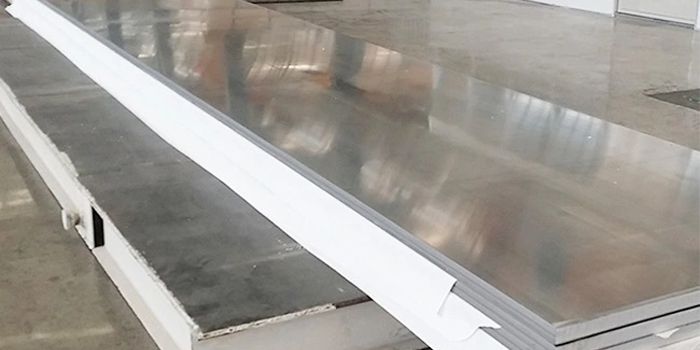Get in touch
-
Email:
sale@alumhm.com -
Tel/whatsapp:
+86-15978414719 -
Fax:
+86-0371-65621393 -
Address:
No.14 Waihuan Road, CBD, Zhengzhou, China -
Website:
https://www.aluminium-auto-sheet.com
The Stamping Performance of Aluminium Alloy for Car Body
In order to realize the lightweight and environmental protection of automobiles, the simplest and most important way is to reduce the weight of the automobile itself. For lightweight materials, plastics are not recyclable, not conducive to environmental protection and sustainable development, which limits their wide-scale application in the automotive industry, while aluminum-magnesium alloy materials can be completely recycled, and have high strength and good formability.
According to statistics, replacing the original steel with aluminum alloy in automobiles can reduce the weight by more than 30%, and at the same time, using 1kg of aluminum alloy in automobiles can reduce the emissions of automobiles by 20kg. Therefore, aluminum alloy is a very potential lightweight material for making cars.

The aluminum alloy for car body include 2000 series, 5000 series and 6000 series. The 2000-series and 5000-series aluminum alloys like 5754 h14 are mainly used for the inner panels of automotive panels, while the 6000-series aluminum alloys are mainly used for the outer panels of automotive panels.
Among them, the 5000 series aluminum alloy is an alloy that cannot be strengthened by heat treatment, Mg is its main alloying element, and has good stamping performance, while the 6000 series aluminum alloy is an alloy that can be strengthened by heat treatment, and Mg and Si are its main alloying elements. 6xxx aluminum alloys are used for automotive outer coverings that require high rigidity and strength.
The 5754 aluminum alloy continuously forms yield micro-regions during the stretching process, and the yield micro-regions are inhomogeneous. Such inhomogeneity is not conducive to the aesthetics of the aluminum alloy for automobiles, especially after the surface of the aluminum alloy is painted. The obvious defects will appear and affect the appearance. Therefore, the 5754 aluminum alloy is only suitable for manufacturing the inner panel material of the automobile body, but not suitable for manufacturing the outer surface covering parts of the car body.
During the stretching process, when 6061 is subjected to uniform tensile stress, it is easy to produce stress concentration and brittle fracture, and the elongation of 6061 aluminum alloy is smaller than that of 5754 aluminum alloy. Therefore, from the stress-strain curves of the two types of aluminum alloys, it can be seen that the 6061 aluminum alloy is more suitable for the outer covering parts that require high surface quality in automobiles.
The fracture mode of 6061 aluminum alloy is similar to that of 5754 aluminum alloy, both of which are ductile fractures. However, the number of dimples in the fracture of 5754 aluminum alloy is more, and the depth of dimples is deeper than that of 6061 aluminum alloy, indicating that the plasticity of 5754 aluminum alloy is better than that of 6061 t6.
The metallographic structure shows that the grains of 5754 aluminum alloy and 6061 aluminum alloy are elongated after deep drawing and fracture. In the 5754 aluminum alloy, a small amount of creep cracks appeared between the grains; in the 6061 aluminum alloy, there were obvious cracks both inside and between the grains. The tensile properties of 5754 aluminum alloy are better than those of 6061 aluminum alloy.
